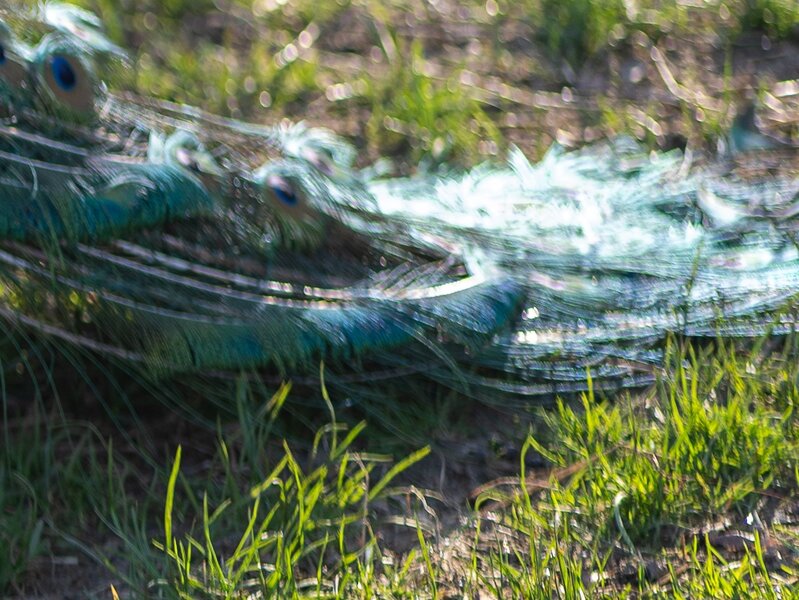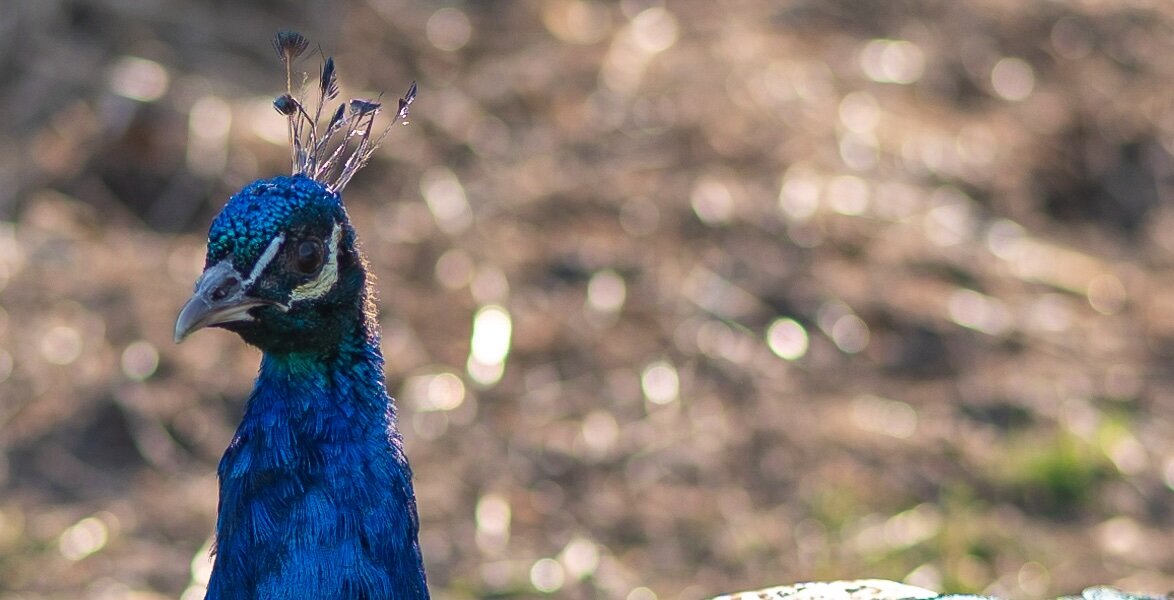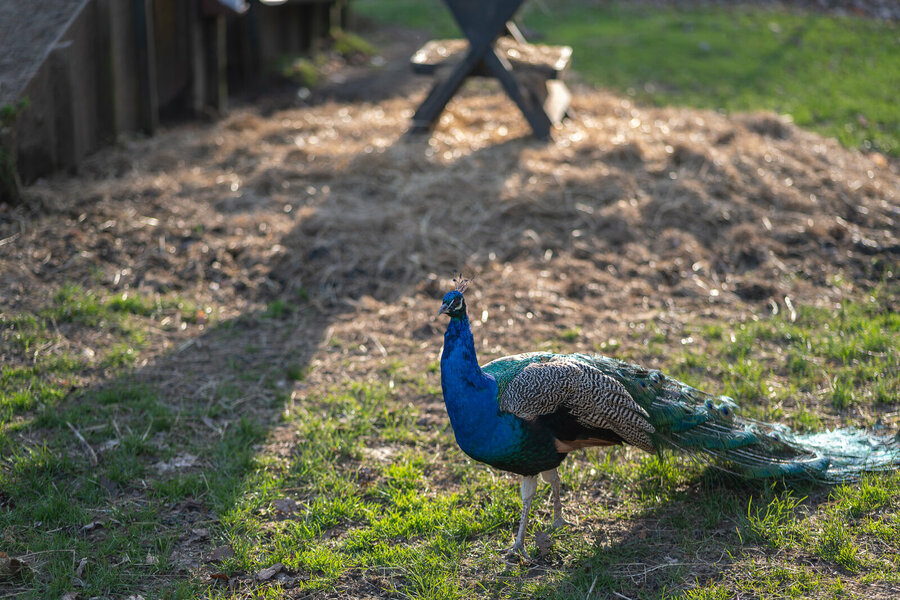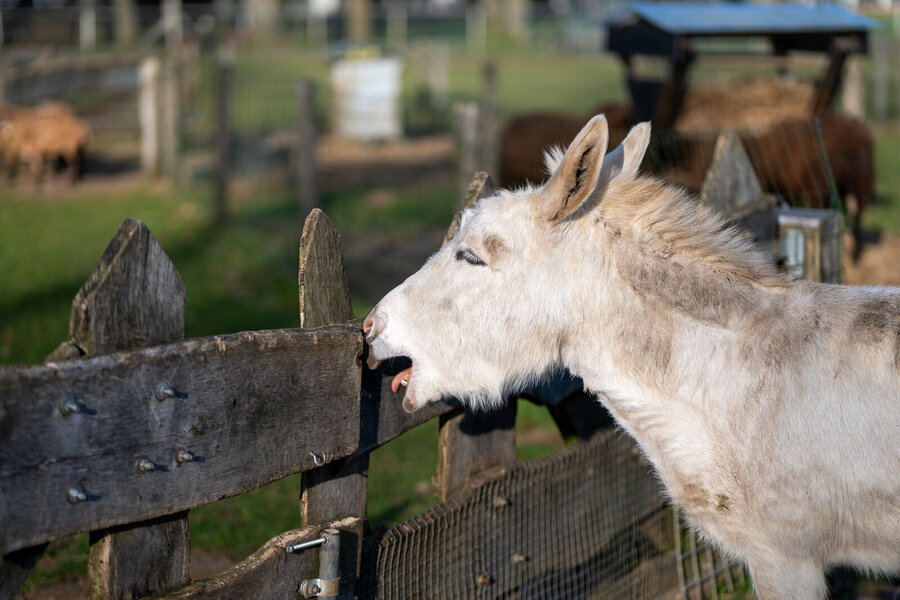RuleOfThirds
Member
Before switching from Fujifilm to Panasonic I used both Capture One 2022 and DXO Photolab 7. I had to get dxo because of the Ricoh GR3x because C1 did not have a profile for it at all.
I did like the rendering from dxo on my fuji-files also, but C1 was better. When swirching to S5Ii I knew dxo elite had profiles for the body and lenses.
But I don’t like how dxo renders the S5ii raw files. I do have an open ticket with them about my concerns.
Anyway I am on the fence about what to do. Downloaded C1 2023 demo and love the rendering out of the box way better then dxo 7. Do have a 60% off coupon.
But the terms for upgrades when buying a perpetual license are unclear to me. And what I don’t like is that of you buy a new body or new lens and it’s not supported yet you have to buy a very expensive upgrade. Or you have to get a subscription which is very expensive for c1.
Tomorrow or next week I Will try the Lightroom subscription, but I hate the Idea that if you want to get out you lose your edits. For my fuji files I can still use my C1 2022 for example.
Anyway, I was wondering which software you are using.
Hardware:
For personal stuff I use a MacBook Pro M1 with 16GB ram and 512GB ssd, and an iMac 2019 with ssd and 24GB ram and 580x radeon card.
I did like the rendering from dxo on my fuji-files also, but C1 was better. When swirching to S5Ii I knew dxo elite had profiles for the body and lenses.
But I don’t like how dxo renders the S5ii raw files. I do have an open ticket with them about my concerns.
Anyway I am on the fence about what to do. Downloaded C1 2023 demo and love the rendering out of the box way better then dxo 7. Do have a 60% off coupon.
But the terms for upgrades when buying a perpetual license are unclear to me. And what I don’t like is that of you buy a new body or new lens and it’s not supported yet you have to buy a very expensive upgrade. Or you have to get a subscription which is very expensive for c1.
Tomorrow or next week I Will try the Lightroom subscription, but I hate the Idea that if you want to get out you lose your edits. For my fuji files I can still use my C1 2022 for example.
Anyway, I was wondering which software you are using.
Hardware:
For personal stuff I use a MacBook Pro M1 with 16GB ram and 512GB ssd, and an iMac 2019 with ssd and 24GB ram and 580x radeon card.




